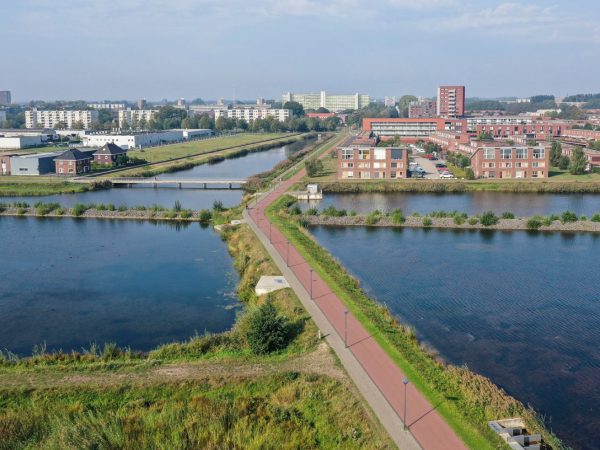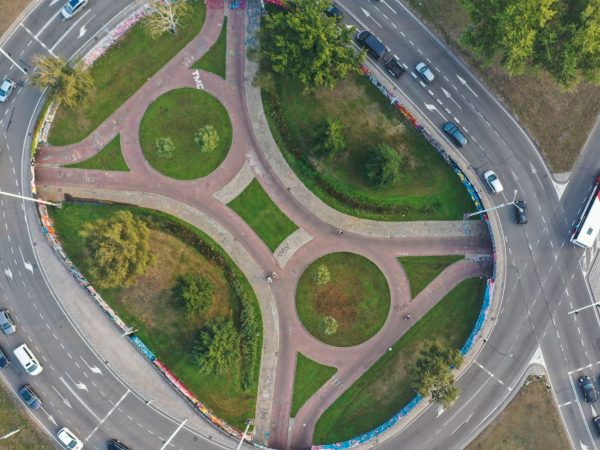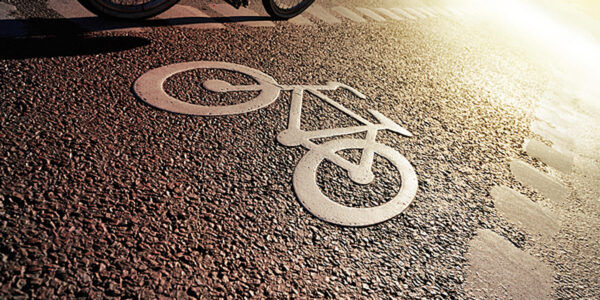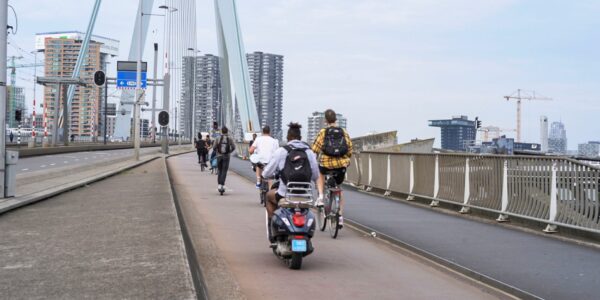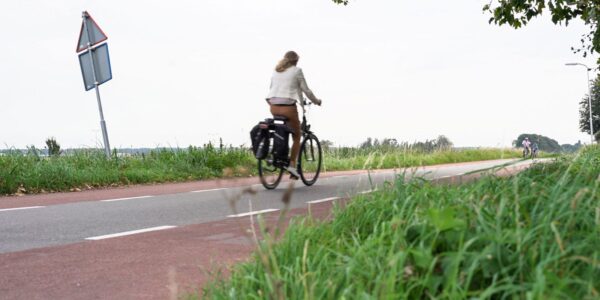In the next ten years, cycling will become a priority within the Netherlands’ mobility policy. The emphasis will be mainly on the growth of densely populated inner cities. The bicycle helps improve accessibility, has a positive effect on air quality, helps solve traffic congestion problems, improves quality of life, improves health, and strengthens the economy. As part of the government’s Tour de Force initiative, local governments, interest groups and companies are looking at the main challenges in relation to making cycling even more attractive and how smart solutions can be found for associated problems.
Acting on behalf of the Ministry of Infrastructure and the Environment, the President of the Lower House of Parliament presented the letter proposing the Tour de Force agenda in February 2017. Tour de Force is an initiative of local and central government aimed at maintaining the Netherlands’ number one position in the field of cycling. Because of the initiative’s great importance to society, the following parties have joined forces to achieve the objective of increasing the number of kilometres cycled by 20% between 2017 and 2027:
- Municipalities and provinces;
- Special interest organisations: NS, ANWB, BOVAG, Fietsersbond, Stichting Natuur & Milieu and VVN;
- Businesses involved in bicycle policy in the Netherlands.
The Tour de Force cycling agenda covers eight topics
- The Netherlands as the leading cycling country
Accessibility is increasingly becoming an issue due to increasing urbanisation and increasing traffic density. Cyclists are faster in cities, healthy, doesn’t produce waste, and is relatively cheap. Cyclists contribute to the functioning of society and the economy. The aim is therefore to put the Dutch bicycle on the map, worldwide. Tour de Force provides many opportunities and contact with the Dutch business community.
- More space for bicycles in cities
Over the past ten years many Dutch cities have successfully focused on promoting bicycle use. As a result, there is a need for a better cycle path network and more parking for bicycles. A shortage of approximately one hundred thousand bicycle parking spaces is expected by 2030. Pilot projects aimed at providing creative solutions to these issues are emerging countrywide.
- Quality boost for regional cycle routes
Safe and convenient cycle routes must be provided for commuters and school students who cycle to work and school every day. In addition to improving the main bicycle networks in cities, new, fast cycling routes are being constructed between cities to optimise regional cycling connections. Currently, approximately 25 fast, regional cycle routes have been completed or are under construction in the Netherlands.
- Optimising bicycle-public transport and car-bike transitions
Bicycle travel to train stations increased from 36% to 43% between 2005 and 2016. Almost 75% of frequent rail passengers choose to cycle there. And bicycle use from station to final destination increased from 10% to 13%. A larger number of people opt for bus, tram or metro for this final link. Tour de Force’s goal is to increase the number of bicycle-public transport-bicycle and car-bicycle transitions. This includes projects on the availability of open data on the entire chain, on chain facilities, the introduction of open standards for shared bike systems and E-safes.
- Specific bike target groups
In the 35 major Dutch cities, children and immigrants receive bicycle lessons on cycle safety – and to get them to use their bikes on an ongoing basis. This expands the size of the individual’s living environment and, particularly for immigrant women, promotes health and offers a more independent life, with more chances of employment.
Fifty percent of workers who live within a 7.5-kilometre radius of their workplace travel to work by car. The government encourages employers to provide good bicycle facilities and to provide a kilometre allowance for cyclists. The e-bike extends the radius of 7.5 kilometres to 15 kilometres, which further increases the number of employees who might come to work by bike.
- Fewer bike accident victims
The number of seriously injured bicycle accident victims has been increasing in recent years, particularly among the elderly. This is because the Netherlands is ageing and the number of elderly people on bicycles is increasing. It seems that elderly cyclists are noticeably more often involved in accidents in which no other road user is involved. Accident reduction measures will be put in place on busy cycle paths and training courses provided for the elderly. In addition, projects have been started to construct more ‘forgiving’ cycle paths, which will take into account that cyclists can make mistakes. These bike paths have no posts, for example, but do have sloping curbs, gentle curves and white borders.
- Less bicycle theft
Bicycle theft is one of the most common forms of crime and has a negative effect on the image of cycling. Increasing unique identification, such as frame numbers and use of a bicycle theft register, will make it easier to locate normal bicycles. In addition, safe bicycle parking facilities are necessary and ICT applications such as GPS anti-theft tracking will reduce the number of stolen bicycles.
- Knowledge infrastructure and data
Fourteen ambitious cycling cities are working closely together on the Tour de Force: Amsterdam, Amersfoort, Apeldoorn, Den Bosch, The Hague, Eindhoven, Enschede, Goes, Groningen, Nijmegen, Rotterdam, Tilburg, Utrecht and Zwolle. Their objective is to share the benefits of exchanging knowledge, running pilot research studies and obtaining more government financial support for large-scale, urban, bicycle investment programmes.
Cycling knowledge and data systems are essential for more effective policy. A cycling data platform with an accessible data structure will be developed for access via a knowledge website.
